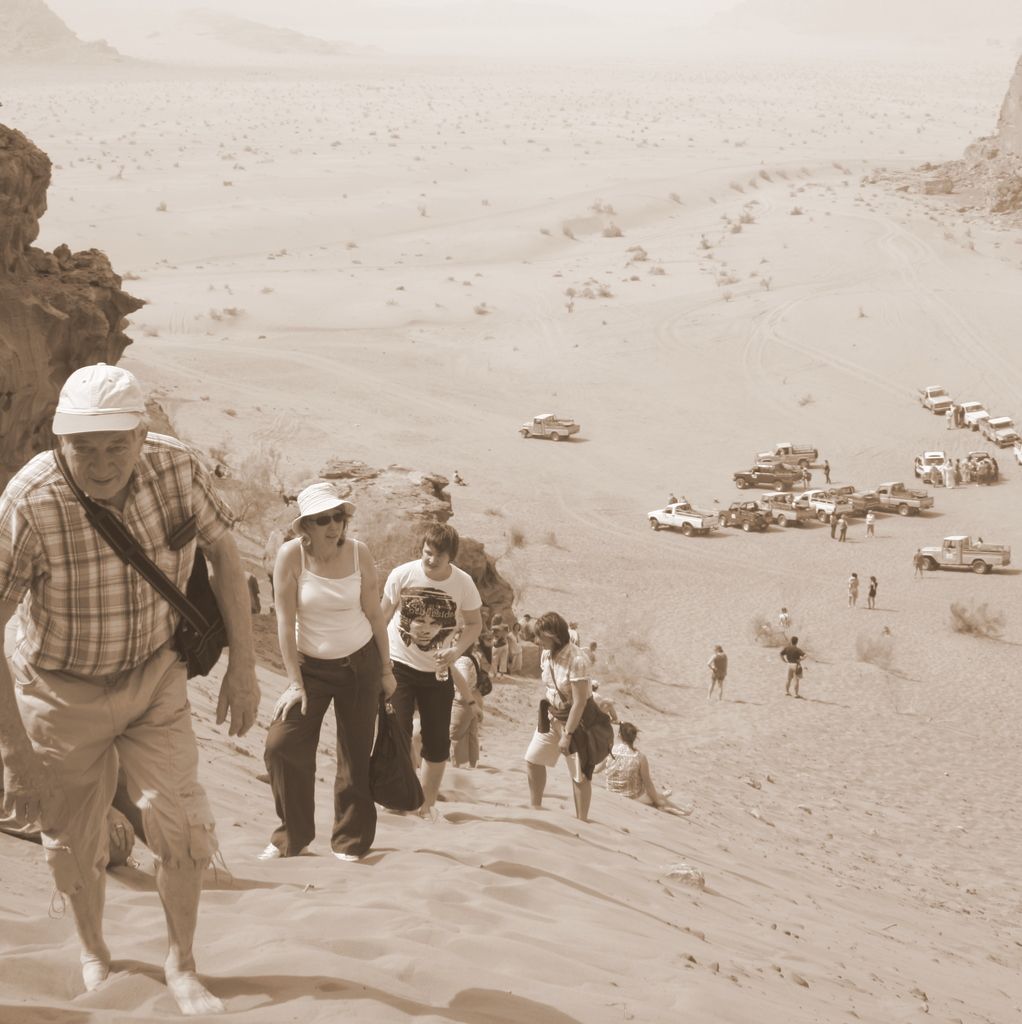Examining the Impact of Social Media on Attention Deficit Hyperactivity Disorder (ADHD)
Social Media Amplifies Challenges for Individuals with ADHD
A growing body of research suggests that social media can intensify difficulties faced by individuals with Attention Deficit Hyperactivity Disorder (ADHD). While social media platforms do not cause ADHD, they can exacerbate symptoms such as impulsivity, distractibility, and inability to maintain focus.
The constant stream of quick rewards and distractions offered by social media can lead to problematicscrolling patterns, sometimes referred to as "doomscrolling," and "scrolling paralysis." These behaviors can negatively impact productivity, leisure time, and emotional well-being for people with ADHD.
One reason for this impact is the instant gratification found on platforms like Instagram and TikTok. Endless sources of inspiration, such as likes, videos, and notifications, trigger impulsive behaviors in people with ADHD, reinforcing their existing tendencies to seek quick rewards and avoid longer, more effortful tasks.
Continuous stimulation from notifications and new content worsens the attention problems faced by individuals with ADHD. The incessant pinging of digital devices can disrupt concentration, making it more challenging for people with ADHD to stay focused on tasks. Furthermore, trying to work or relax while Multitasking with social media in the background can prove overwhelming and counterproductive.
The short attention spans associated with ADHD make individuals particularly vulnerable to social media's addictive design features. These platforms generate user interest through surprise rewards, unpredictable content, and immediate feedback, further exacerbating distractibility and impulsivity for those predisposed to ADHD.
Despite these potential drawbacks, there are strategies for ADHD individuals to manage their social media use effectively. These tactics involve employing mindfulness, setting time boundaries, silencing non-essential notifications, curating personal feeds, taking digital detox breaks, and engaging in alternative activities for relaxation or stimulation. The ultimate objective is to foster a harmonious relationship with technology, where individuals with ADHD can reap its benefits without allowing it to jeopardize their focus, mental health, or overall well-being.
Briefly, research suggests that social media use correlates with more ADHD symptoms, primarily in youth. A 2018 study found teenagers who frequented social media were twice as likely to develop ADHD symptoms. Excessive screen time appears to train the brain for short attention spans, which can worsen distractibility and impulsivity for people predisposed to ADHD.
While managing social media use presents challenges for individuals with ADHD, the benefits can be significant. Carefully curated social media feeds and intentional use can provide support, community, mental health resources, and an educational platform. Balancing digital media use with other activities like physical exercise, hobbies, or offline socializing can help mitigate its potentially negative consequences, fostering a more balanced and fulfilling life for those with ADHD.
References:- El-Khoury, J., Haidar, R., Kanj, R. R., Ali, L. B., & Majari, G. (2021). Characteristics of social media 'detoxification' in university students. Libyan Journal of Medicine, 16(1).- Ra, C. K., Cho, J., Stone, M. D., De La Cerda, J., Goldenson, N. I., Moroney, E., ... & Leventhal, A. M. (2018). Association of digital media use with subsequent symptoms of attention-deficit/hyperactivity disorder among adolescents. JAMA, 320(3), 255-263.- Thorell, L. B., Burén, J., Wiman, J. S., Sandberg, D., & Nutley, S. B. (2022). Longitudinal associations between digital media use and ADHD symptoms in children and adolescents: A systematic literature review. European Child & Adolescent Psychiatry, 33(8), 2503.
- Social media platforms, in excess, may amplify symptoms of Attention Deficit Hyperactivity Disorder (ADHD) such as impulsivity, distractibility, and inability to maintain focus.
- Problematic scrolling patterns on social media, like "doomscrolling" and "scrolling paralysis," can negatively impact productivity, well-being, and leisure time for people with ADHD.
- Instant gratification found on platforms like Instagram and TikTok can trigger impulsive behaviors in people with ADHD, reinforcing their existing tendencies.
- Continuous stimulation from notifications and new content on social media can make it more challenging for people with ADHD to stay focused on tasks.
- A growing body of research suggests that social media use correlates more ADHD symptoms, particularly in youth, and excessive screen time may train the brain for shorter attention spans.
- To manage social media use effectively, strategies such as employing mindfulness, time boundaries, silencing non-essential notifications, and digital detox breaks can foster a healthy relationship between individuals with ADHD and technology.
- Carefully curated social media feeds and intentional use can provide support, community, mental health resources, and an educational platform for individuals with ADHD.
- Balancing digital media use with other activities like physical exercise, hobbies, or offline socializing can help mitigate its potentially negative consequences for those with ADHD, fostering a more balanced and fulfilling life.








